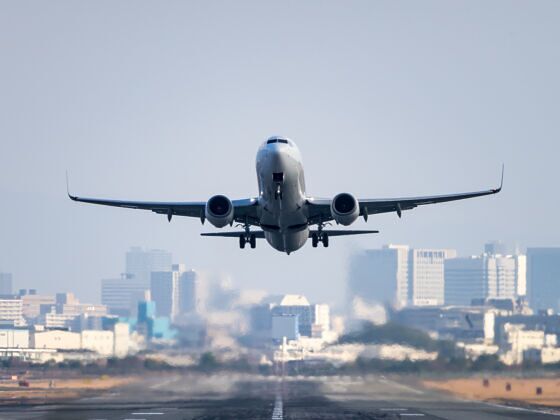The typical air traveler really only needs to think about their flight number when checking for delays, finding their gate, and putting it on a customs card. Airlines, however, pretty much always have flight numbers on their mind. It’s how the industry tracks a flight route, knows where planes are in the air, and keeps standardized order for what would otherwise be complete chaos and information overload. And those flight numbers are becoming quite an issue because there are too many flights and not enough available numbers for the future.


Airlines Are Running Out of Flight Numbers, Leading to a Possible Y2K Scenario
In a report for View From the Wing, travel expert Gary Leff spotted that American Airlines, Delta, and United are at risk of running out of flight numbers. They also don’t have a solution for this problem. Each airline gets four digits for flight numbers (the numbers that are listed after the airline, like AA0420 for the American Airlines flight from Dallas to Denver, for example). The 9,999 number options (there’s no flight zero) seems like a lot. It’s apparently not enough.
After a second quarter earnings call, an IT worker with American Airlines asked executives a pointed question: “We’re running out of flight numbers. Are we looking at 5-digit or some other solution?” The airline has about 6,700 daily flights, but has more than 9,999 flights it wants to put numbers on due to codesharing with partner airlines, American’s senior vice president of network planning, Brian Znotins, responded.
Changing the numbering system to account for more flights by each airline isn’t as simple as adding another digit. It’s reminiscent of when the calendar changed from 1999 to 2000. Computer systems weren’t equipped to understand that “00” at the end of a year meant “2000” instead of “1900,” and healthcare, banking, and many other services that ran on the still-relatively-new internet would collapse.
That obviously didn’t happen. That’s not to say harmless mixups don’t happen to this day, though. A woman born in 1922 repeatedly had issues with airlines because the airlines issue her “infant” tickets after reading only the last two digits, assuming that she was born in 2022, not a century earlier. Air traffic control and other need-to-know parties work off of systems that understand four digits, no more and no less. Needless to say, confusing the intricate flight code computer systems that were instituted more than half a century ago would lead to serious issues.
“On the technical side, we’re working in systems that originated in the 60s,” Znotins said on the quarterly earnings call. “We have two-letter airline codes and we have four-digit flight numbers. You think of this as like a Y2K issue if you remember that. It is immensely difficult to find ways to add another digit to this field, and it’s really only a problem for three airlines in the world. The remaining airlines don’t run into this issue.”
For now, airlines have put in some stop-gap solutions like reusing a flight number for multiple flights that never have a chance to overlap. American Airlines CEO Robert Isom added on the earnings call that “we have aspirations to be a lot bigger, so over time let’s put that down as a project.”
It’s just one more factor for airlines to deal with to keep flying as historically safe as it has been in recent years despite aging infrastructure. And I, for one, will never take those four numbers for granted again.